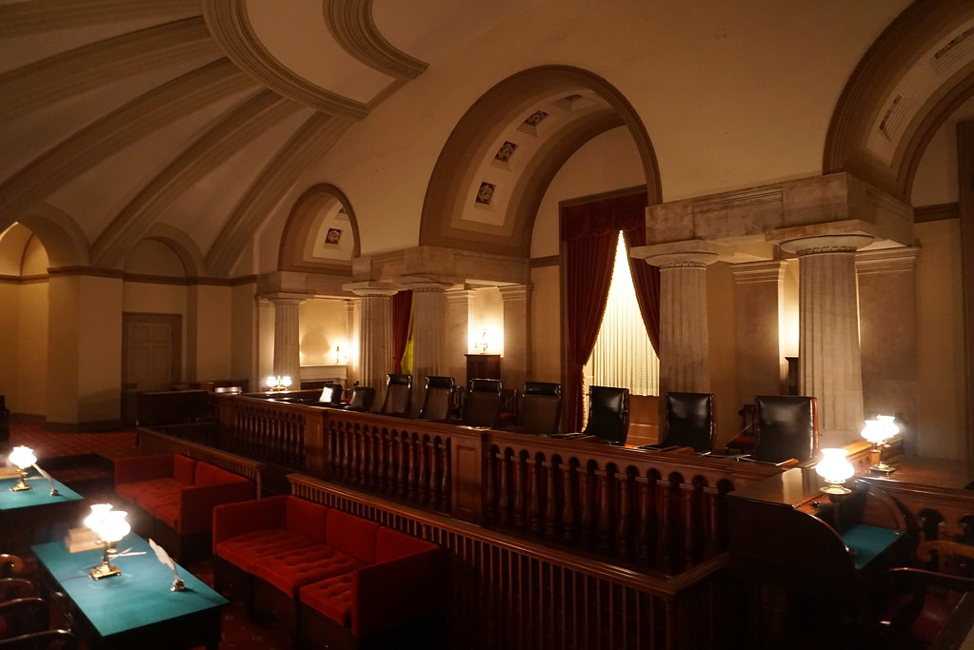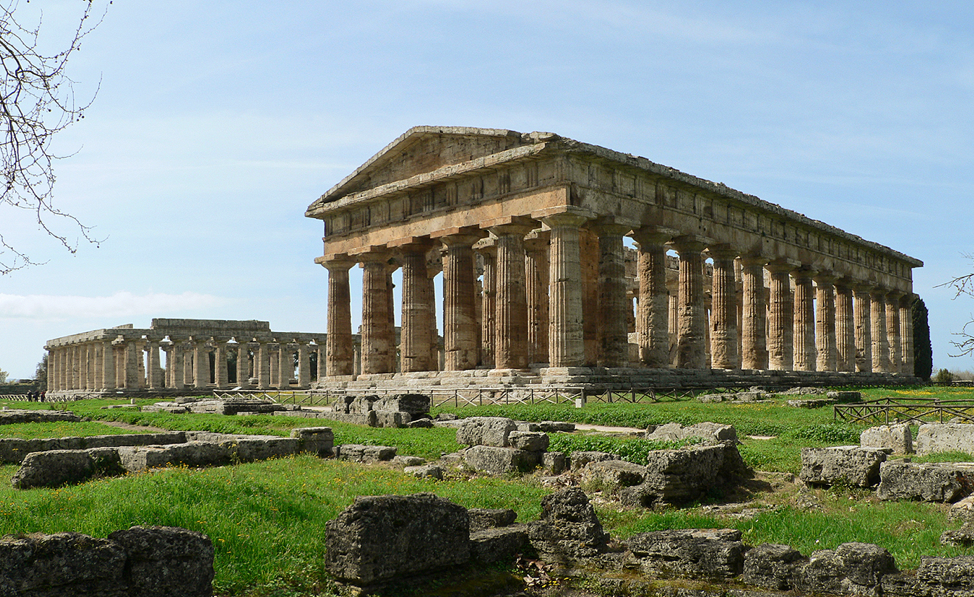- Open today, 10 am to 5 pm.
- Parking & Directions
- Free Admission
Exploring Sicily from Cleveland, Ohio
– Shayla Croteau, 2021 Administration and Research Intern
This summer, I was looking for an internship that could help me hone my research skills while expanding my knowledge of art history. As a current graduate student at Case Western Reserve University, I have learned that such skills are crucial to one’s success as an art historian. The administration and research internship at the Chrysler Museum of Art was a perfect fit.
In general, my interests fall within the Italian Renaissance and Baroque periods. When I learned that I would be working closely with the Chrysler Museum’s director, Erik Neil, on a project related to his interests, I was excited by the opportunity to explore artwork outside of the early modern period. Specifically, I would be gathering information on American architects, artists, and writers who traveled to Sicily in the eighteenth and nineteenth centuries in search of inspiration.

A view of the Old Supreme Court Chamber that shows the Paestum-Doric columns “Old Supreme Court Chamber at United States Capitol building, Washington DC” by mattk1979 is licensed under CC BY-SA 2.0
I began the internship by collecting information on Benjamin Henry Latrobe, the British-American architect responsible for several of the neoclassical buildings in Washington D.C. Latrobe moved to the United States in 1796 and was a key factor in beginning the Greek Revival. Of specific interest to Dr. Neil was Latrobe’s inspiration for the design of the Supreme Court chamber, which employs the Paestum-Doric order. This was a unique architectural choice that drew inspiration from the Greek Doric temples at Paestum in southern Italy as well as from Sicilian architecture. Having visited Naples, it was possible that Latrobe saw these temples in person; however, it was also likely that he drew ideas from written sources. By looking into his earlier work, I found that Latrobe used this order only one other time—in a house he had built in England. Along with this earlier domestic design plan, I pinpointed a few literary sources that may have inspired the architect.

Two of the Temples at Paestum “File:Veduta di Paestum 2010.jpg” by Oliver-Bonjoch is licensed under CC BY-SA 3.0
In the process of researching Latrobe’s biography, I learned that he had gone bankrupt on two occasions—once in England and once in America. I had hoped to find a detailed list of his possessions, including his library, in the bankruptcy files. I communicated with the National Archives in Washington, D.C. and was able to search through scans of an archival folder related to Latrobe’s bankruptcy in America. I also combed the Annals of Congress, following a lead from a publication that had briefly mentioned his bankruptcy. Unfortunately, I was unable to find references to specific books in his collection; however, it was a fantastic exercise in archival research.
I later shifted my focus to finding information on several figures who had drawn inspiration from Sicily throughout their careers. These included the writers Ralph Waldo Emerson and Herman Melville, as well as the artists George Loring Brown and Thomas Cole. Having already established an efficient method of organizing my findings regarding Latrobe, I noticed that I could compile and present information on the subsequent figures more quickly and clearly than I had done before.
One aspect of this research that I enjoyed was reading through Emerson’s journals in search of observations he had recorded during his travels. In the process, I read many unrelated notes and thoughts he had written, and I found that I was able to relate to many of his musings. Another highlight of my work was reading through entries that Brown’s wife had recorded in a diary she kept during a trip around Europe with her husband. It was fascinating to read about several important moments in Brown’s early career through her eyes.
One of the aspects of this internship that I appreciated was the flexibility of the program and the staff involved. Due to the nature of the work that I was doing, I was able to complete the internship from Cleveland, Ohio using Case Western’s library and resources. Dr. Neil and I met via Zoom on a weekly basis, during which time I shared my findings and we discussed the history that I was uncovering. Often, he would suggest avenues to explore in search of answers that I had not thought of on my own. Checking in with him throughout the process of my research proved extremely valuable, as I learned as much about the process of finding material as I did about the history within it.
Coincidentally, I began this internship at the same time as I entered the early stages of formulating a topic for my qualifying paper, Case Western’s equivalent of a master’s thesis. As I searched for a topic, I found myself drawn to a Sicilian artist who worked in the second half of the seventeenth century. Although this was earlier than the time period I was researching for this internship, acquiring basic knowledge of Sicilian art and architectural history across several centuries proved useful for both the internship and my own pursuits. Along the way, I was fortunate to have the ability to ask Dr. Neil questions about my own research as well, which was quite helpful. As I look toward the beginning of my second year as a master’s student, I am grateful to have had the opportunity to bolster my research abilities during my time working with the Chrysler Museum.

